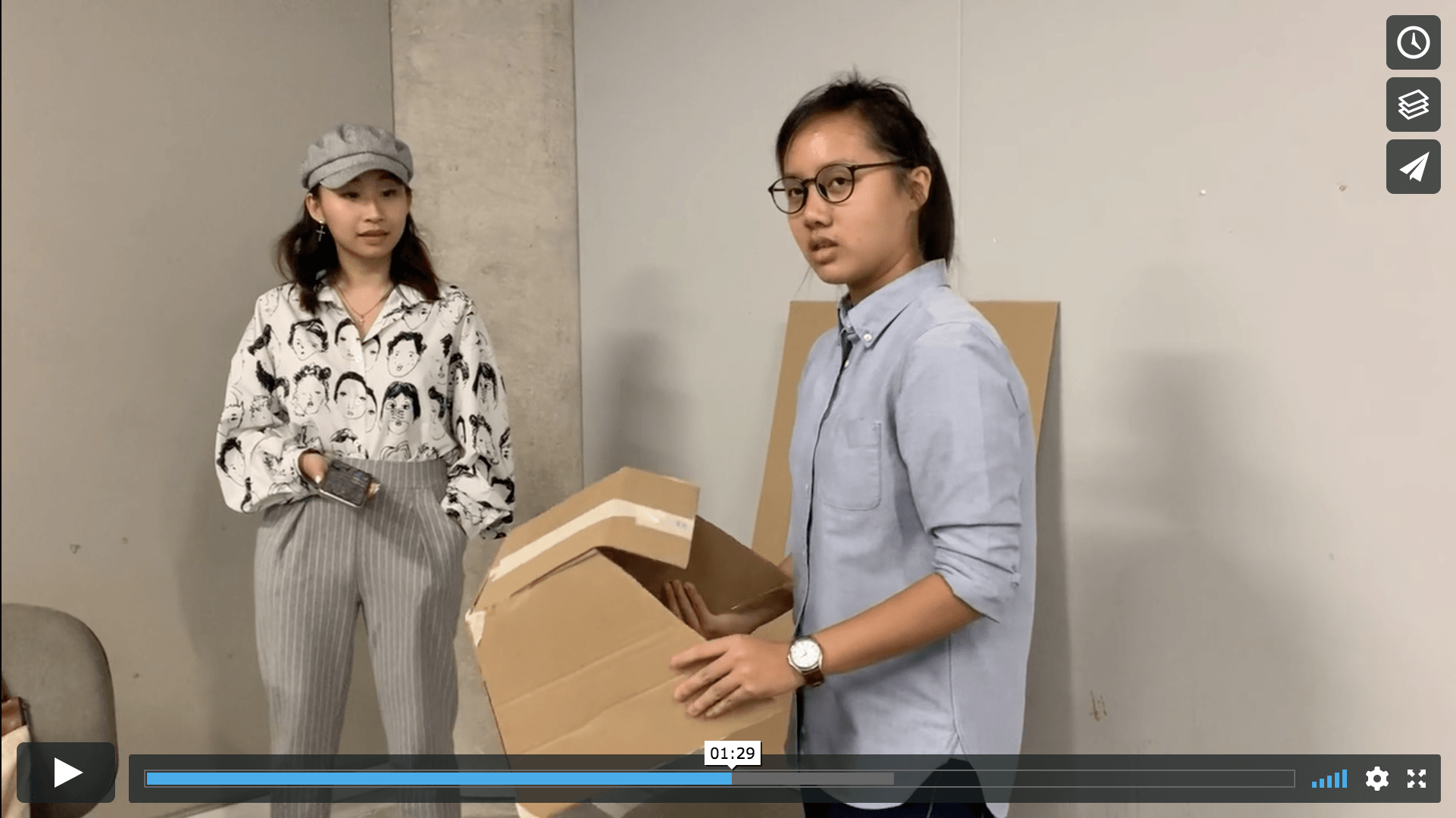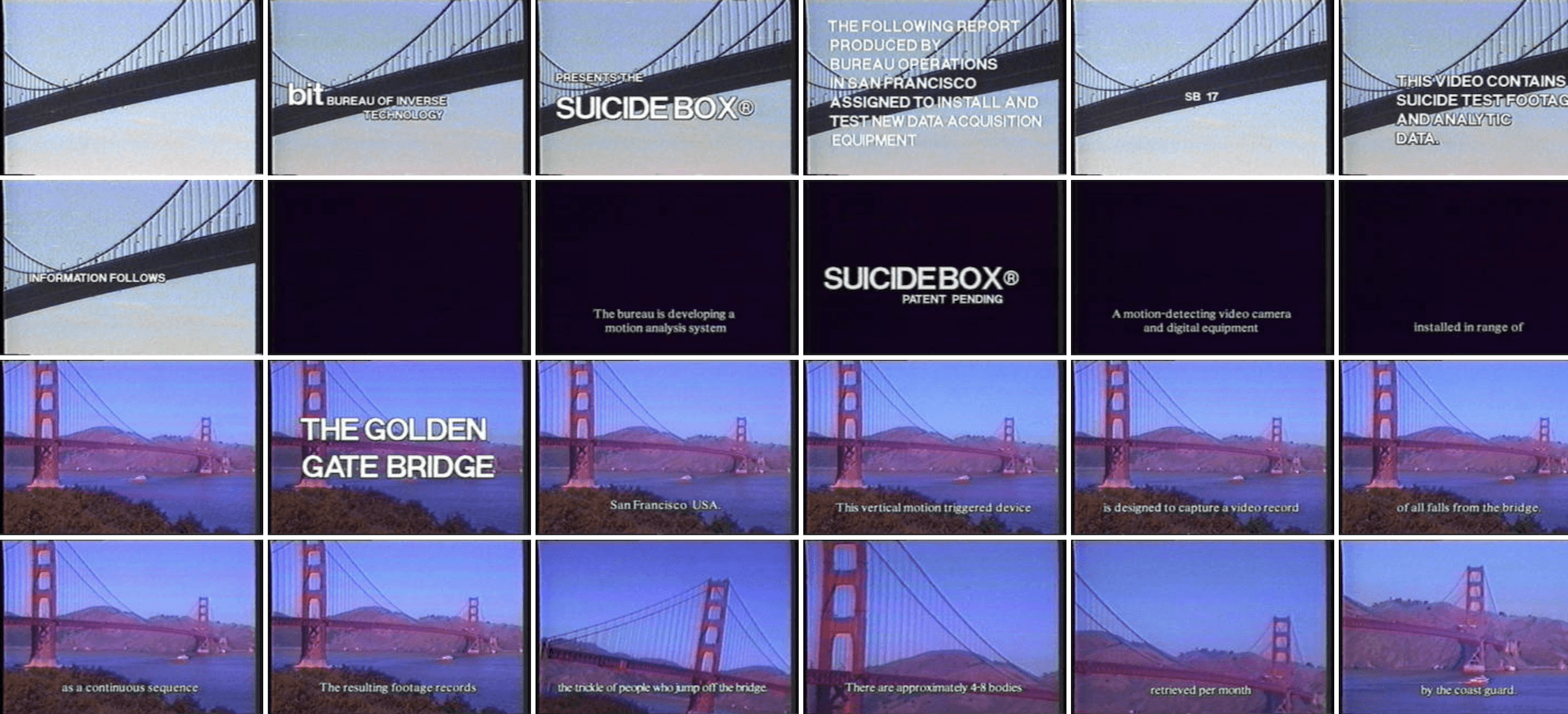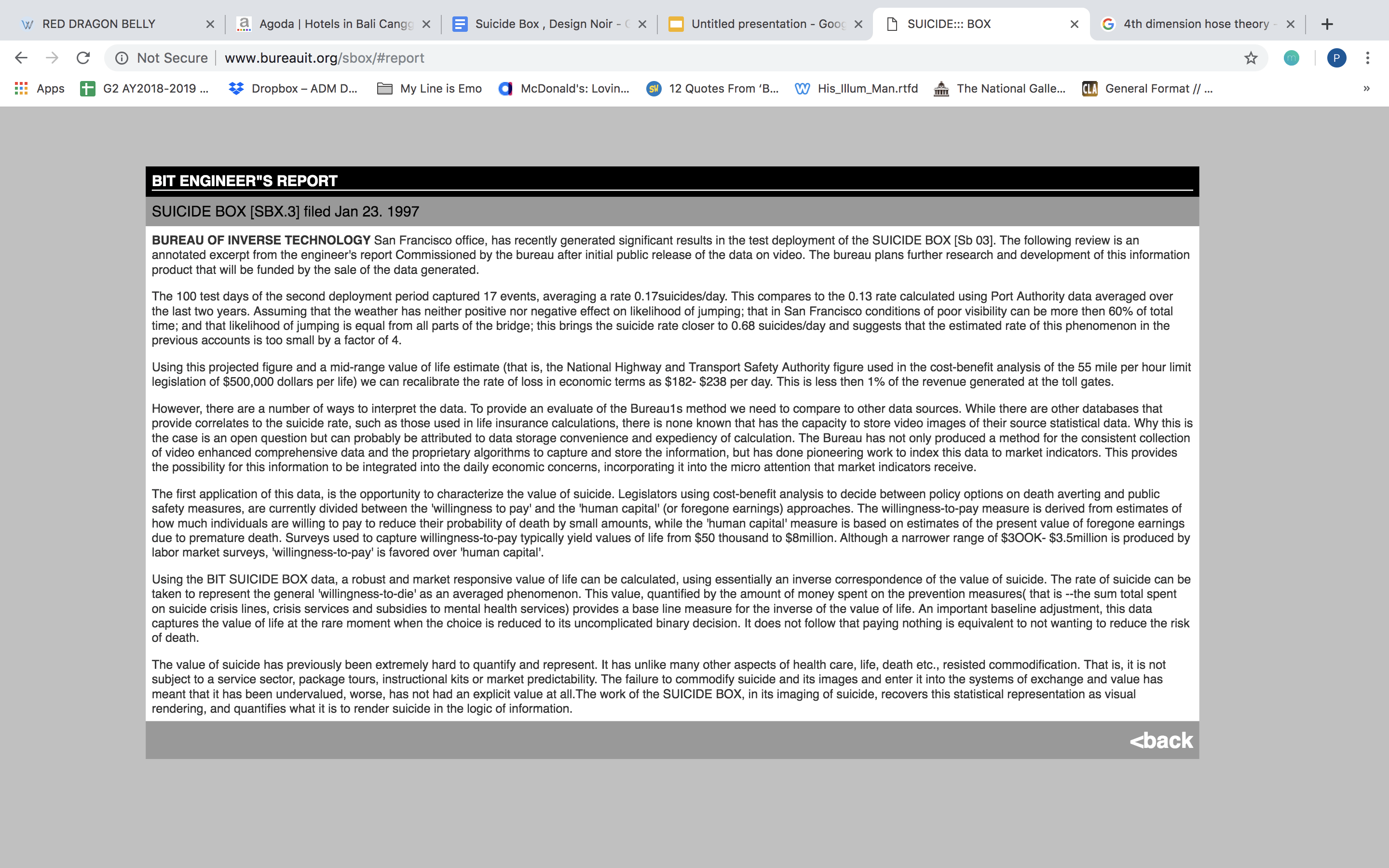1. Set Up
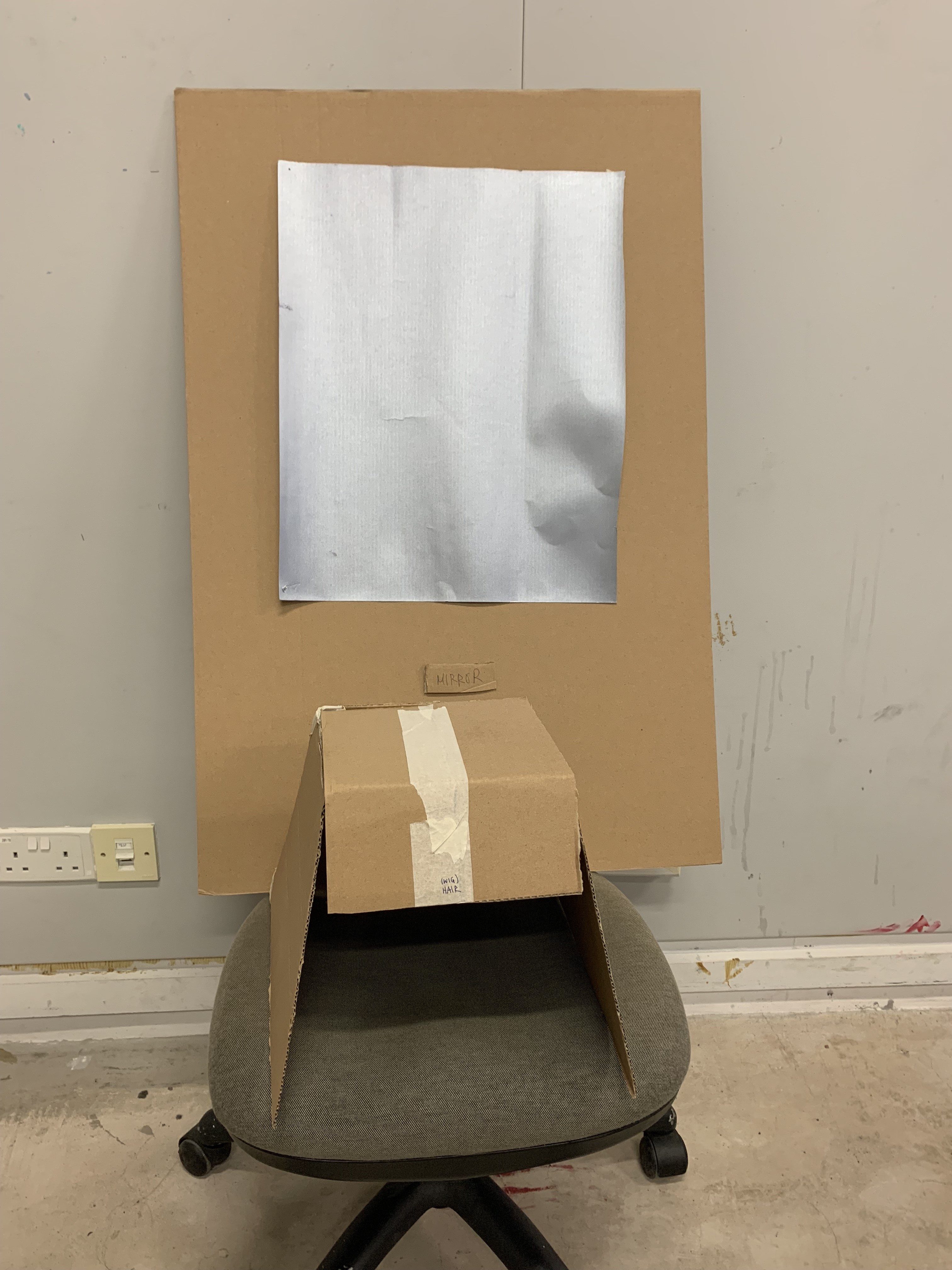
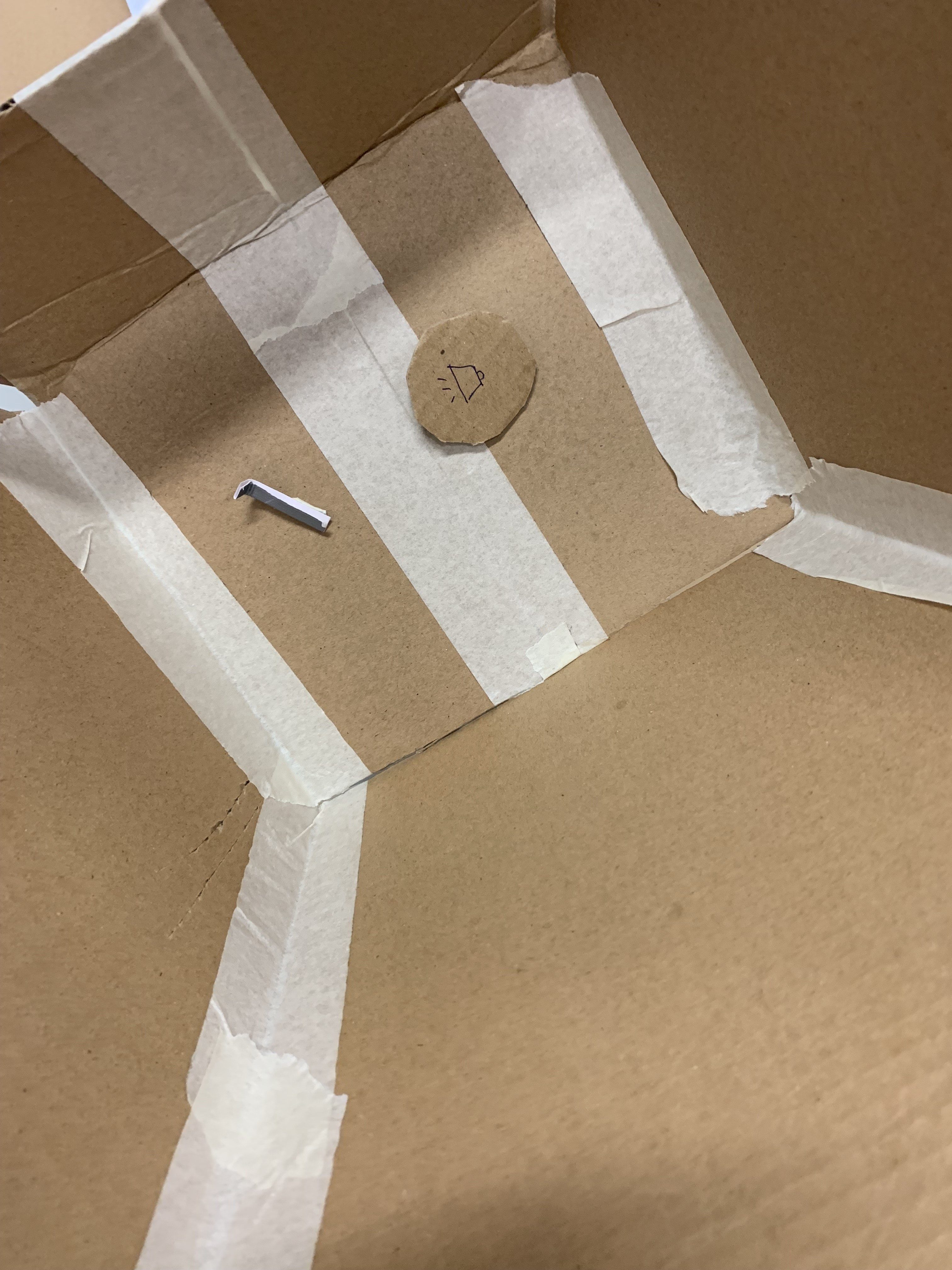
2. Interaction
3. Reflections
1. What did you learn from the process?
Jess
I have learnt that our work might not have the same effect in the two different genders and might be inefficient when conveying our messages.
Prav
Initially when we told to make a cardboard prototype for the body storming process I was honestly a little sceptical of its necessity. I didn’t see the need to do so till I went through the process of it and understood its importance for our final piece. It was a test run that allowed us to pick up on any potential weak links or loopholes in our object that could affect our interaction on the actual day itself. I learnt that it was crucial to take into account all 5 senses when making our work because as humans we are not trained to isolate them from one another. As such, when approaching our work all 5 senses of our tester were engaged and simultaneously too. If our main form of interaction was to be through hearing or sight then we had to provide a kind of sensory hierarchy within our work itself so as not to confuse our audience. In our instructions we wrote to smell and feel the ‘wig’ before putting it on. However during the interaction we learned that the touching element was unnecessary and confusing. Sometimes it is better to target specific senses that relate to our topic of design noir than to try to engage all senses with the same intensity. We learned that we had to reign our concepts in and distill them down to make it more focused and targetted. I also learned that during the actual interaction itself we would have zero control over our audience and as such the work had to be as self explanatory as possible. We also learned that the impact of our uncomfortable wig may differ according to the gender/sexual orientation of the person wearing it. Though initially I felt like this may be something we had to address, I personally feel that each person has their own ways of feeling discomfort and we do not necessarily have to try to make everyone feel the same thing. In some sense an object that could self adapt itself and be versatile enough to incite discomfort in all kinds of people is stronger than one that only works on certain type of people.
2. What surprised you while going through the process?
Jess
I was surprised that the tester actually able to kinda know what to do and know our intentions of the work.
Prav
What surprised me most was the level of discomfort and intrigue displayed by our tester from the moment she interacted with our object. I did not think we were going to get that much of a reaction from our prototype. She was visibly intrigued from the start when she could not stop sniffing the object. And also shocked when the male moaning sounds were emitted when the wig was put on. However she also said she felt confused. Surprisingly she more or less also managed to figure out on her own what he main intent of our work was – body dysphoria and to make people feel uncomfortable in their own skin. Another surprising reaction was her reluctance to disengage with the object completely despite her shock and discomfort. She kept wanting to sniff the pleasant and flowery scent of the YSL fragrance we had doused the wig in. This to me was a potential area we could work on to further strengthen our final interactive piece.
3. How can your apply what you have discovered to the designing of your installation?
jess
I think we can make our work more catered to the two genders like separately: eg. instead of wig it can be female and male underwear.
prav
After the interaction, during the critique from our peers we understood that the effect may not be constant throughout all orientations. Someone mentioned that if it was a gay person and they heard the moaning sounds, it may be more pleasant as opposed to our initial concept that if a male person wore it, it would question their masculinity. We failed to take into account the diversity of the demographics that exist within our audience and that is something we had to adjust. Though someone suggested designing two separate objects for the Two different genders, I personally feel that making one object that would affect the two separate genders equally would be more effective and powerful. For our final interaction we will be using a full frontal mirror with a modified and maybe more androgynous wig with the focus on the sound and smell. We also understood that the shock element of the moaning was too abrupt and resulted in an ambiguous state for the tester, after it was played. We will have to create a proper and gradual arc – start, a moment of breath before the sound, gradual increase in intensity/discomfort of the sound, and ending of interaction. I would want to incorporate the reluctance our tester displayed in leaving our interaction, into our final piece. However we had to make the journey of the interactivity itself smooth first.

